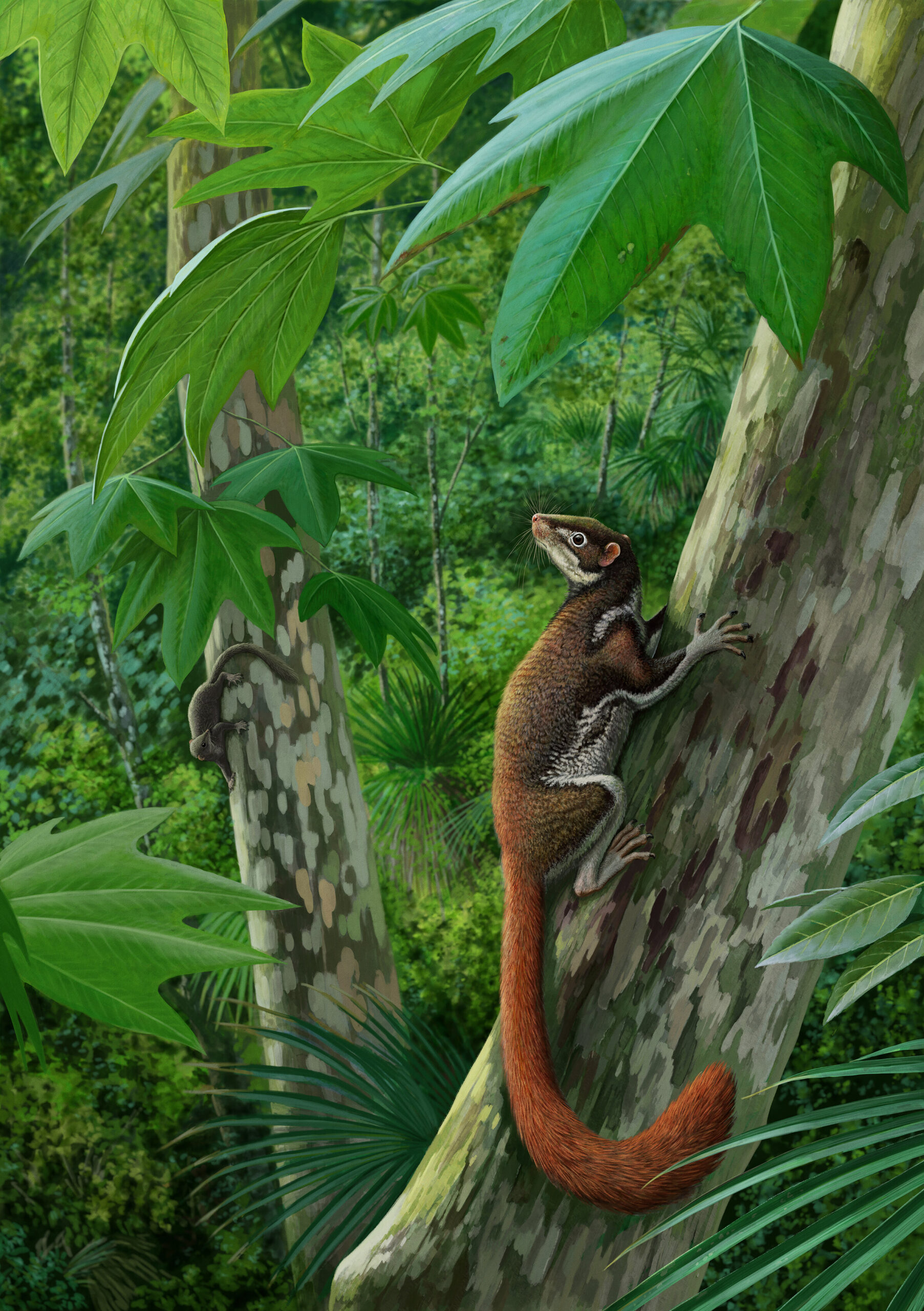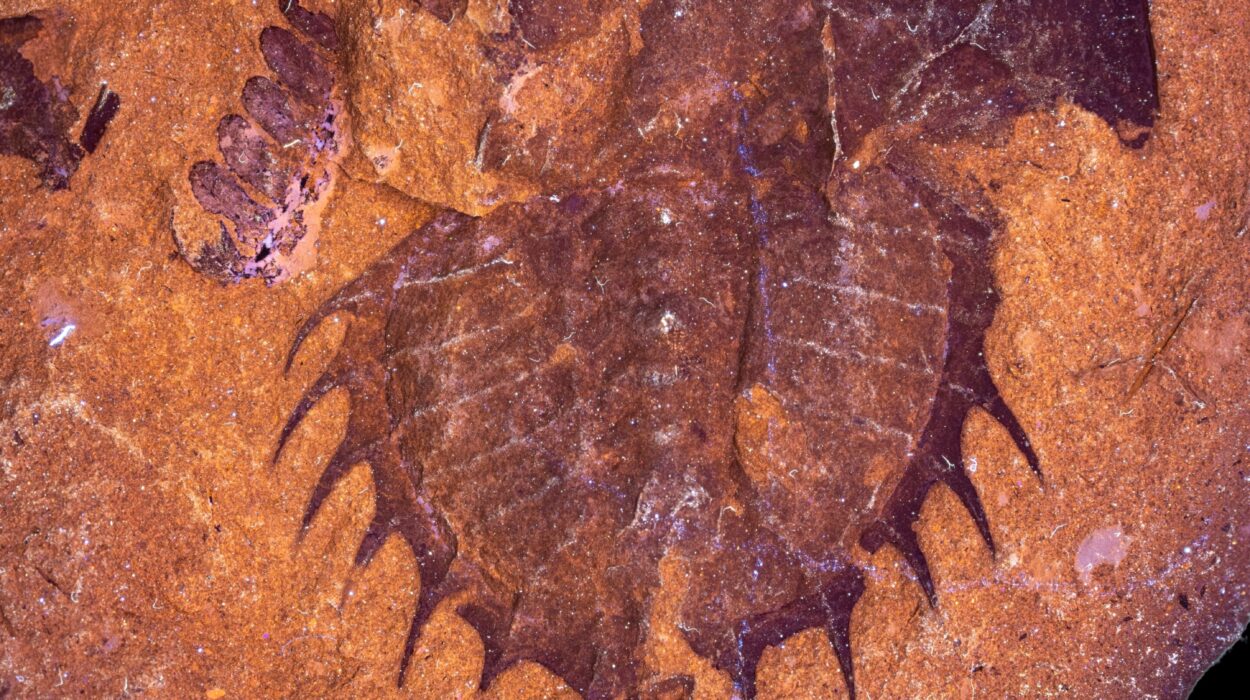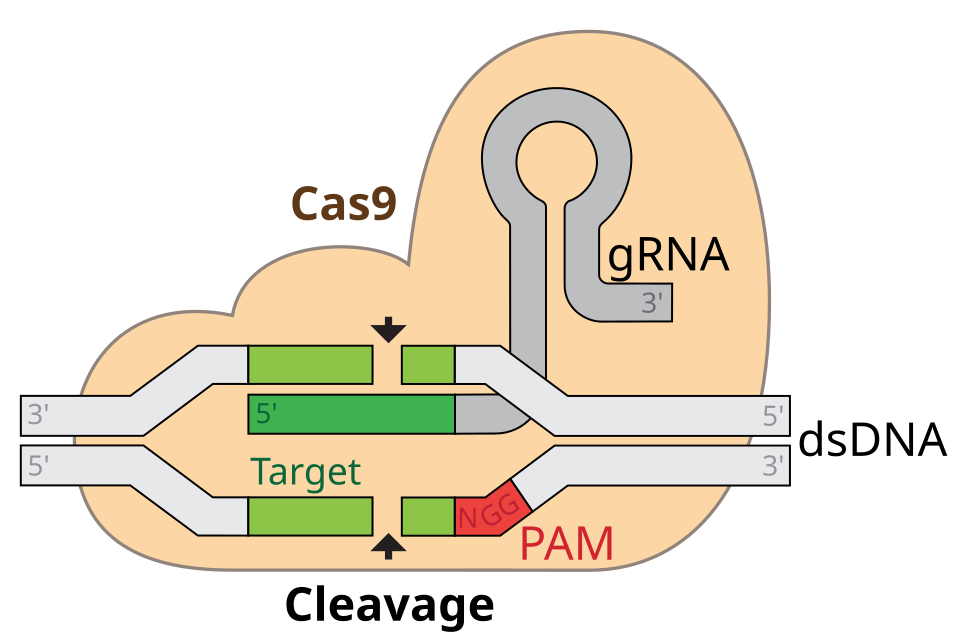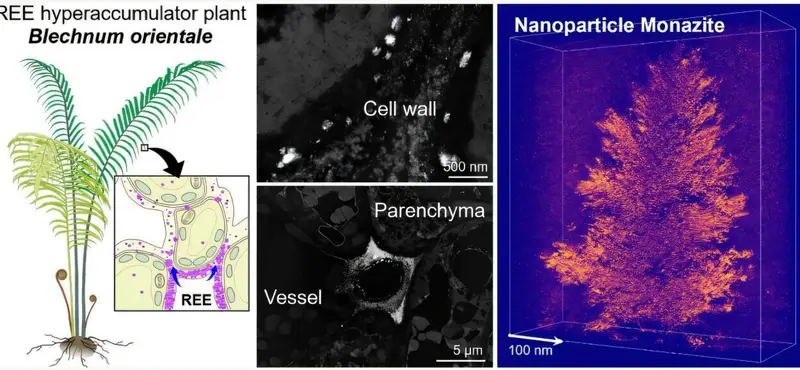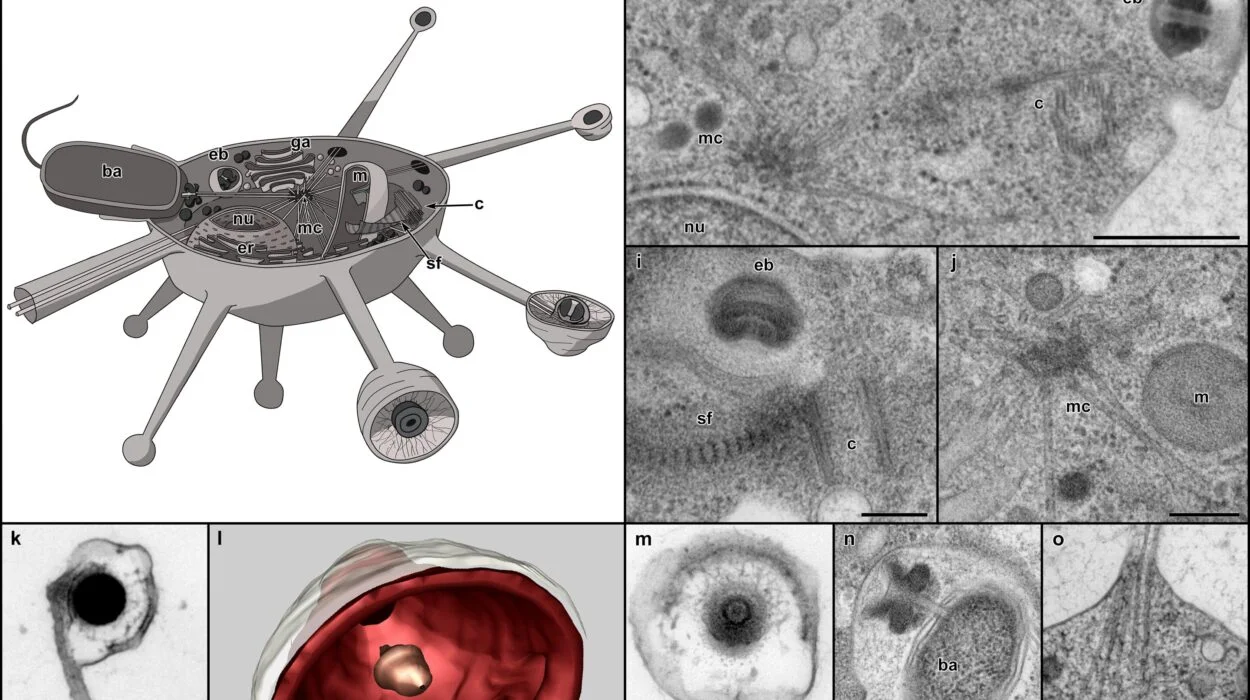For over 140 years, Mixodectes pungens, a small arboreal mammal from the early Paleocene epoch, remained an enigma. First described in 1883 by the renowned paleontologist Edward Drinker Cope, this species was largely known only from fragmentary fossils—mostly isolated teeth and jawbone fragments. Scientists speculated about its lifestyle and evolutionary relationships, but the lack of a complete skeleton limited their understanding.
Now, a groundbreaking study has changed that. The discovery and analysis of the most complete Mixodectes skeleton ever found have provided critical insights into the species’ anatomy, behavior, diet, and its position on the evolutionary tree. The study, published in Scientific Reports on March 11, was co-authored by Yale anthropologist Eric Sargis and led by Stephen Chester, an associate professor of anthropology at Brooklyn College, City University of New York. Their research places Mixodectes in an intriguing evolutionary position—suggesting that it was closely related to both primates and colugos (also known as flying lemurs), making it a distant cousin of modern humans.
Discovery of the Most Complete Mixodectes Skeleton
The remarkable fossil specimen was unearthed in the San Juan Basin of New Mexico by co-author Thomas Williamson, a paleontologist at the New Mexico Museum of Natural History & Science. The excavation was conducted under a permit from the federal Bureau of Land Management, ensuring that the fossil was collected and studied with great care.
Unlike previous finds, which consisted mainly of isolated teeth and small bone fragments, this fossil includes a partial skull with teeth, a spinal column, rib cage, and both forelimbs and hind limbs. This level of completeness allowed researchers to reconstruct the animal’s physical characteristics and behaviors with unprecedented detail.

A Unique Arboreal Mammal
Through detailed analysis, the research team determined that Mixodectes was a mature adult weighing approximately 1.3 kilograms (2.9 pounds). Its skeletal structure, particularly the limbs and claws, suggested it was an arboreal species—meaning it lived in trees. The shape of its hands and feet indicates that it could cling vertically to tree trunks and branches, a behavior seen in some modern tree-dwelling mammals.
One of the most significant revelations from the study was the animal’s diet. The Mixodectes specimen had molar teeth with sharp crests, which are typically found in animals that consume tough, fibrous plant material. This suggests that it was omnivorous but relied primarily on leaves. The study’s findings indicate that Mixodectes occupied a distinct ecological niche, differentiating it from other tree-dwelling mammals of its time.

The Ecological Role of Mixodectes
The early Paleocene epoch was a critical time in mammalian evolution. It followed the mass extinction event that wiped out non-avian dinosaurs, creating new ecological opportunities for mammals to diversify. According to lead author Stephen Chester, Mixodectes provides valuable evidence of how placental mammals adapted to different environments in this period.
“This fossil skeleton provides new evidence concerning how placental mammals diversified ecologically following the extinction of the dinosaurs,” Chester explained. “Characteristics such as a larger body mass and an increased reliance on leaves allowed Mixodectes to thrive in the same trees likely shared with other early primate relatives.“
Interestingly, Mixodectes was one of the larger arboreal mammals in North America at the time. Its skeleton is significantly larger than that of Torrejonia wilsoni, a small primate-like mammal from an extinct group called plesiadapiforms, which was discovered alongside it. While Torrejonia primarily fed on fruit, Mixodectes specialized in leaf consumption. This dietary distinction highlights how different species coexisted by occupying unique ecological roles.
Clarifying Mixodectes’ Place in Mammalian Evolution
One of the most fascinating aspects of the new study is how it reshapes our understanding of Mixodectes‘ evolutionary relationships. The researchers performed two separate phylogenetic analyses—methods used to determine evolutionary lineage based on shared traits and genetic similarities.
Both analyses confirmed that Mixodectes belonged to the Euarchonta, a major group of mammals that includes primates (monkeys, apes, and humans), treeshrews, and colugos. However, the analyses produced slightly different results regarding its precise classification:
- One analysis supported the idea that Mixodectes was an archaic primate, closely related to early primates.
- The other analysis, while not confirming that it was a direct primate ancestor, still placed it within Primatomorpha—a subgroup of Euarchonta that includes primates and colugos but excludes treeshrews.
This means that even if Mixodectes wasn’t a direct ancestor of primates, it was still a close evolutionary cousin, sharing a common ancestor with primates and colugos millions of years ago.
“A 62-million-year-old skeleton of this quality and completeness offers novel insights into mixodectids, including a much clearer picture of their evolutionary relationships,” said Eric Sargis. “Our findings show that they are close relatives of primates and colugos—making them fairly close relatives of humans.“
Why Mixodectes Matters
The discovery of a nearly complete Mixodectes skeleton is significant for several reasons:
- Filling Gaps in the Fossil Record: Before this study, knowledge of Mixodectes was based primarily on dental remains. A complete skeleton allows scientists to make more accurate reconstructions of its lifestyle and evolutionary history.
- Understanding Mammalian Evolution: By confirming that Mixodectes was part of Euarchonta, the study provides new insights into how early mammals diversified after the extinction of the dinosaurs.
- Insights into Primate Origins: Even though Mixodectes is not a direct ancestor of modern primates, it helps clarify the evolutionary paths that led to the emergence of primates and other arboreal mammals.
Moreover, the study underscores how mammals evolved to occupy different ecological niches in a world recovering from mass extinction. The specialization of Mixodectes for leaf consumption shows that early mammals adapted to new food sources and environments, setting the stage for the rise of modern primates, rodents, and other tree-dwelling species.
Future Research and Implications
While this study has provided crucial insights, some questions remain. Further research is needed to determine exactly where mixodectids fit within the primate family tree and how they relate to other early mammals of the Paleocene. Future fossil discoveries may help clarify whether they were true primates or simply close relatives.
Additionally, examining more complete fossils of other early arboreal mammals could reveal more about how tree-dwelling behaviors evolved in the wake of the dinosaur extinction. Understanding the adaptations of Mixodectes and its contemporaries can provide a deeper look into the origins of modern primates, including humans.
Conclusion
For over a century, Mixodectes pungens was a scientific mystery, known only from scattered fossils. The discovery of the most complete skeleton ever found has transformed our understanding of this ancient species, revealing that it was an arboreal, leaf-eating mammal that occupied a unique ecological niche in the early Paleocene. More importantly, its close evolutionary relationship with primates and colugos highlights its significance in the story of mammalian evolution.
This discovery is not just a breakthrough for paleontology—it is a reminder of how life on Earth has continuously adapted and evolved. Each new fossil find brings us closer to understanding the complex web of life that has shaped our planet for millions of years.
Reference: Stephen G. B. Chester et al, New remarkably complete skeleton of Mixodectes reveals arboreality in a large Paleocene primatomorphan mammal following the Cretaceous-Paleogene mass extinction, Scientific Reports (2025). DOI: 10.1038/s41598-025-90203-z
